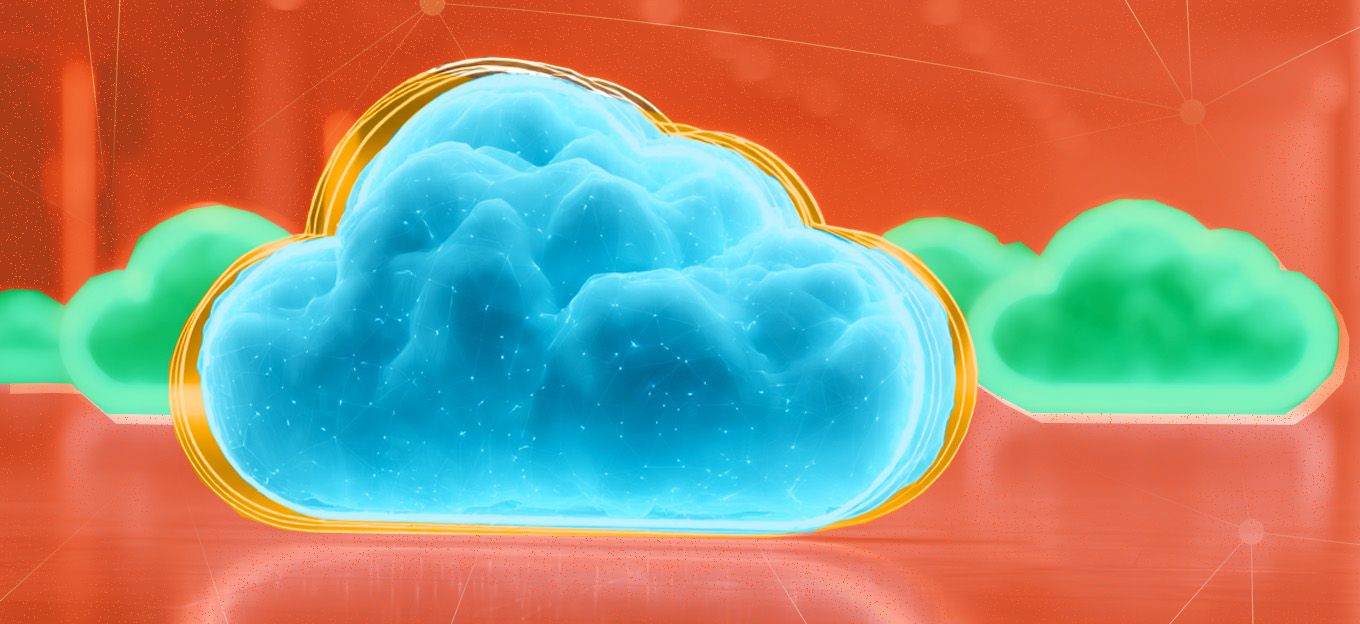Internet of Things World 2017 Recap - 8 Takeaways
Internet of Things World 2017 Recap - 8 Takeaways
- Last Updated: December 2, 2024
Yitaek Hwang
- Last Updated: December 2, 2024



Internet of Things World 2017, held at the Santa Clara Convention Center, concluded on the 17th, bringing together hundreds of companies and leaders in the IoT space. If you missed IoT World, here are some things that the IFA staff picked up as top trends discussed at the conference.
1. Interest in IoT Hasn’t Slowed Down
Throughout the expo halls, many industry representatives and thought leaders alike were asking questions, trading knowledge, and working to understand the different pieces of the IoT ecosystem. It was typical to hear discussions on cellular IoT, LPWANs, blockchain, and edge computing.
2. IoT Industry is Starting to Focus on Customer Value
Chris Kocher from Grey Heron Venture Consulting urged businesses, especially startups, “You would rather be selling aspirin than vitamins.” It's important to address real pain points rather than creating something gimmicky. Chris stressed that customer need drives everything and that IoT is no exception.
3. No One Can Do It Alone
Lou Lutostanski, VP of IoT at Avnet, said it best: “We’re here to gain a deeper understanding of partners in the ecosystem and see how we fit and how we can use them for a full-blown solution for multiple customers." Full IoT solutions need hardware, software, and connectivity. Few companies do it all, so partnerships are absolutely essential for success in the Internet of Things.
4. Edge/Fog Computing is on the Rise
A lot of companies are trying to bring down the processing/analytics engine to the edge/fog level, instead of sending data to the cloud first to process. Edge/Fog Computing has advantages for applications where response time is critical or applications where too much data is generated to affordably send over the network to the cloud.
5. Applications are Still Expanding
It was common to see many test beds, demos, and prototypes demonstrating the value of IoT in various verticals. As sensors continue to decrease in cost and IoT-specific networks get rolled out, expect the number of Applications to increase exponentially. Here's our take on Internet of Things examples and applications.
6. Security is a Major Concern
John Maddison, the SVP of Products and Solutions at Fortinent, warned in his keynote that ransomware like WannaCry can also be a predictor of what is to come in IoT. If you want to learn more about why security is such a concern, we've got you covered.
7. AI is Becoming a Key Focus
In previous years, the focus of IoT arguably seemed to be on “connecting” things to the Internet. Now, we're seeing a push to make those things “smart” by pairing connectivity with an AI engine. To stay up to date, check out 2016 in Review: IoT, Machine Learning, AI & Automation.
8. Expect Continued Growth
Ten key areas that will drive growth in the Internet of Things include: smart cars, intelligent transportation, smart buildings, connected homes, self-healthcare, smart cities, retail, manufacturing, energy grids, and agriculture 2.0.
The Most Comprehensive IoT Newsletter for Enterprises
Showcasing the highest-quality content, resources, news, and insights from the world of the Internet of Things. Subscribe to remain informed and up-to-date.
New Podcast Episode

IoT and AI in 2026
Related Articles





